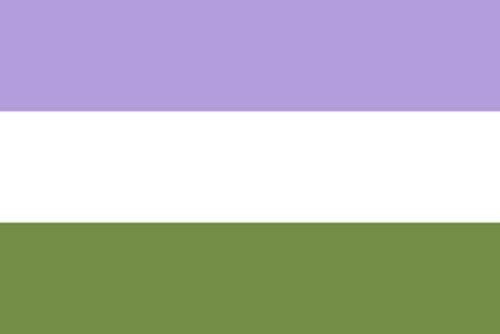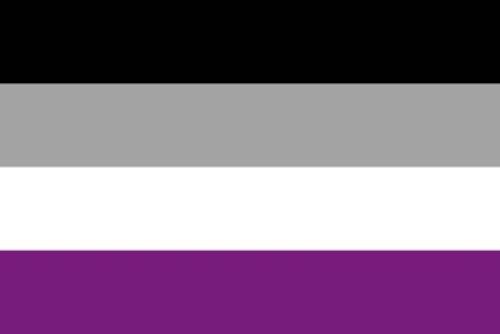2SLGBTQ+ Services
2SLGBTQ+ SERVICES
We help any 2SLGBTQ+ person who has suffered or is currently facing any type of abuse or violence, such as intimate partner or domestic violence, sexual or physical assault, bullying, teen dating violence, and more.
Our bilingual staff work with each client to offer care, emotional support, advocacy, assistance connecting to legal and medical services, helping with food and basic resources, and connecting to educational opportunities and community support to promote physical, psychological, and spiritual healing. We provide gender- and identity-affirming support and will connect you with other affirming resources.
History and Important Facts
What does LGBTQ mean?
They refer to sexual orientations and gender identities outside of society’s normative expectations. The words are: Lesbian, a woman who is attracted to women. Gay, a man who is attracted to men, or also a general term for this community. Bisexual, a person who is attracted to others regardless of their gender. Trans, or transgender, a person who does not identify with their sex assigned at birth. And queer (cuir in Spanish), another general term for the community, which some consider offensive, and others consider an open and inclusive word for their own identity.
Why do we talk about “pride?”
Even though this community has always existed, throughout history, everywhere, LGBTQ people have also faced stigmas and barriers to living their lives authentically. We proudly celebrate being who we are instead of accepting society’s shame and hostility.
Why the rainbow?
The rainbow flag is a symbol of the community. The original flag was designed by American activist Gilbert Baker in 1978, but his version has more colors. Also today there are some variations on the flag, and many identities have their own flags (there is a lesbian, bisexual, transgender flag, and more). To show their support, some people, businesses, and organizations display the flag, especially during the month of June.

In response to common myths: It is not possible to change someone’s sexual orientation or gender identity.
2SLGBTQ+ Terms
Lesbian
Gay
Bisexual
Queer
Intersex
Asexual
Transgender
Non-binary
Two-spirit (2S)
Naming the Flags of the Pride
The original rainbow flag used eight colors to represent different spiritual and emotional aspects of the psyche. Hot pink, before it was removed, stood for s3x; red means life; orange means healing; yellow means sunlight; green means nature; turquoise means magic and art; indigo (later changed to royal blue) means serenity; and violet means spirit.
But of course, there are many more Pride flags than just the rainbow version created in the 1970s. Today, you’re likely to see a version designed by Daniel Quasar that adds a triangular chevron to one side, with colors honoring the trans community as well as people of color. That one is commonly known as the “Progress Pride Flag.”
How many different Pride flags are there?
There’s easily dozens of different Pride flags, each slightly different. Because the flags represent different queer communities, rather than official organizations, they’re dynamic and flexible, and new ones can pop up as older ones fall out of use.
“It’s great to honor the fight for civil rights by flying a flag; but even better to honor that fight by taking part and fighting for equality for all.”


















Let's Talk About Pronouns
Advocates Spotlight and Quotes
Resources
🌈 Books/Libros en nuestra biblioteca
Salir del closet
Medical Transition - Spanish
Salir del closet: Vivir autenticamente siendo latinx y LGBTQ
Botiquín Emocional
Guía Criando Jóvenes Transgénero
NSVRC Guía De Consentimiento
NSVRC Consent Guide
RVCC Relationship Checkup
Quiero cambiar el marcador de género en mi tarjeta de identidad o acta de nacimiento
Quiero cambiar mi nombre
Who to talk to
Sarah Maria Acosta Ahmad, B.A
PhD Candidate, Decolonial Depth Psychology
Herbalist & Birthworker
Healing and Community Justice Director
248-858-7800

